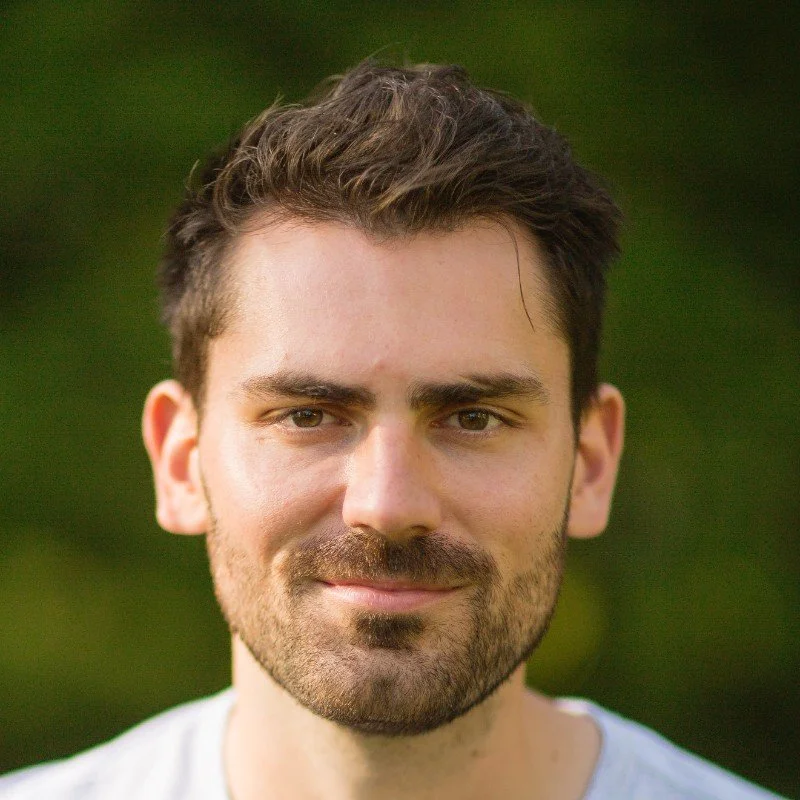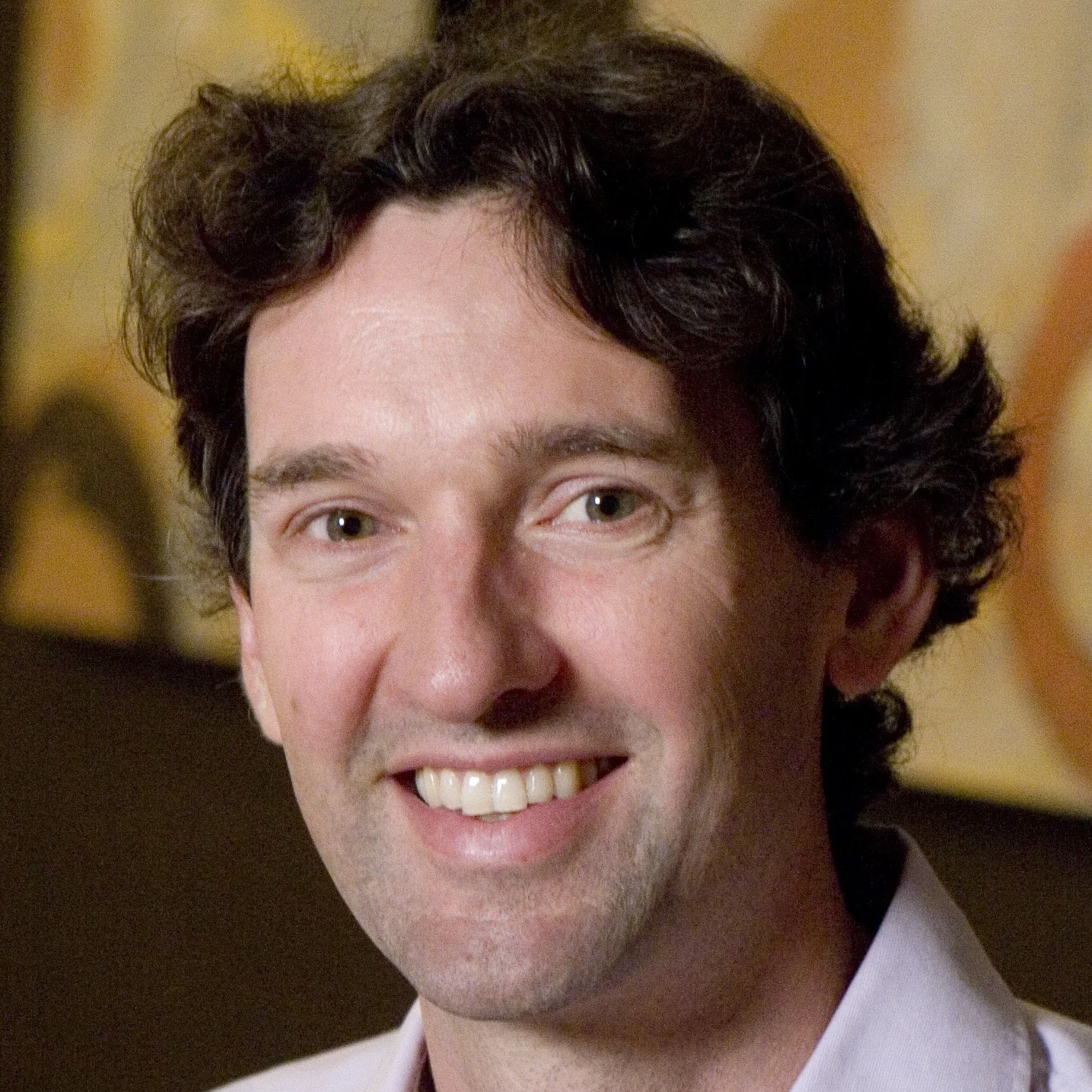Yee Lee - Chief of Growth at Terraformation - Silicon Valley Entrepreneur
/Chief of Growth at Terraformation · Silicon Valley Entrepreneur
We're trying to help the world's forestry organizations collectively plant a trillion trees in the next decade and cover 3 billion acres of net new forest. That's a very, very large number. Some of the very largest tree-planting organizations in the world collectively plant something like half a billion to three-quarters of a billion trees per year. And even that number sounds large, too, but then you realize that's actually three full orders of magnitude smaller than the actual number we need to hit in the next decade. So we actually need to take all of the world's largest forestry organizations as a group and multiply by a thousand their efforts. So that's a very large undertaking, and I just can't underscore enough the scale at which we as a human species seeks to operate when we talk about tree-planting and forestry operations.



















